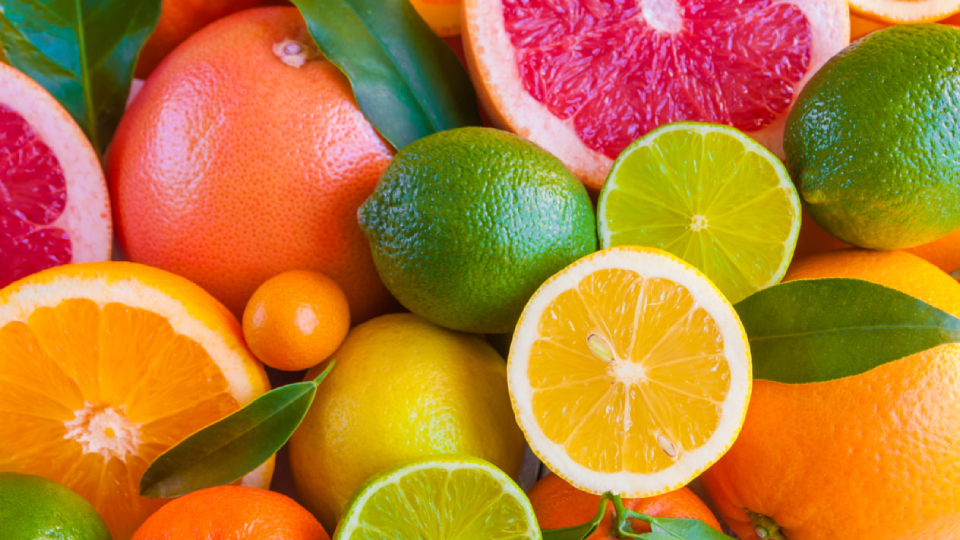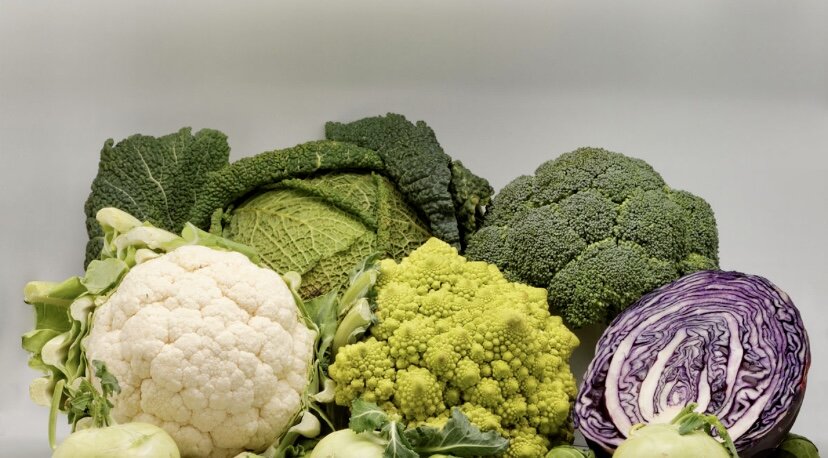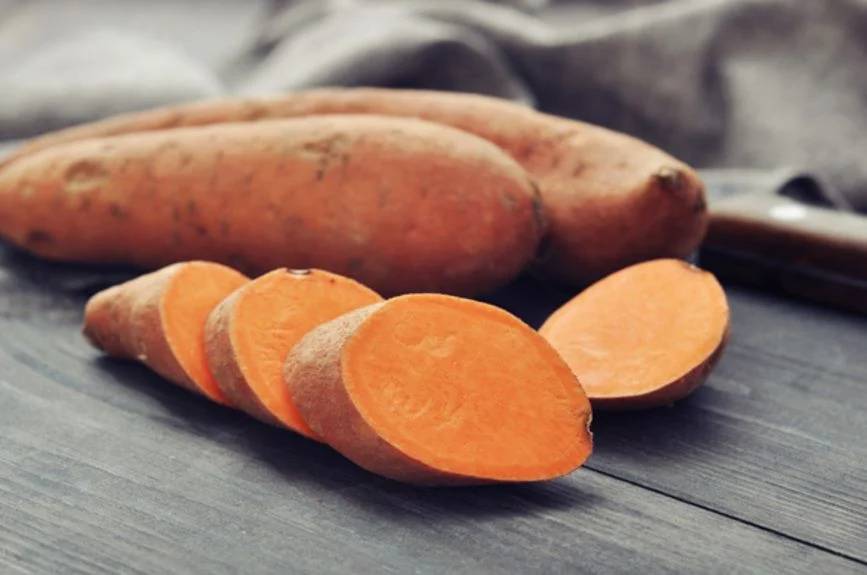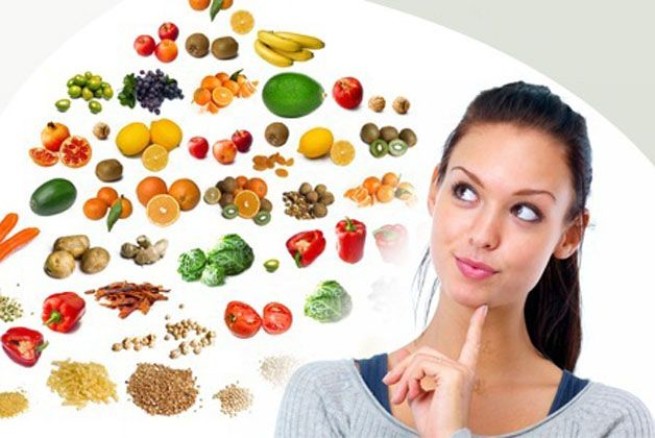If you don’t know which vegetables and fruits are in season in February, here’s what the corresponding useful reminder looks like.
Food should be tasty, varied and healthy at any time of the year. By following these rules, you will maintain your health and figure without dieting or fasting. And in order for food to bring joy and benefit, regardless of the date on the calendar, you need to pay attention to seasonal products: they contain the largest amount of substances necessary for the body. 7 Seasonal Fruits and Vegetables for February:
- Citrus
- Italian cabbage (lacinato kale)
- Broccoli
- Sweet Potatoes
- White cabbage
- Brussels sprouts
- Cauliflower.
Citrus fruits: vitamin-rich fruits of February
We all know that citrus fruits are rich in vitamin C, and February is “their month.” Tangerines, clementines, grapefruits, lemons, limes, oranges, and the list goes on. For the sweetest and freshest citrus fruits, visit your local market or grocery store. Tip: When choosing tangerines, choose ones that are soft and slightly plump around the edges – this means they will not be hard and dry inside.

Various types of cabbage
White cabbage It is characterized by a high content of potassium, calcium, phosphorus, magnesium, sodium, sulfur, iron, chlorine, zinc. The composition of vitamins is also rich: B1, B2, B6, B12, D, K, P, PP, E and others. The consumption of white cabbage is very diverse: fresh, pickled, pickled, stewed. When fermented, the nutritional properties of cabbage are preserved. In terms of vitamin C content, white cabbage is not inferior to orange and lemon.
Cauliflower Among cabbage crops it occupies one of the first places in terms of nutritional value. Cauliflower heads accumulate 8-11% dry matter, 1.2-5% sugars, 1.5-3.3% crude protein. In terms of the qualitative composition and quantity of amino acids in proteins, cauliflower is not inferior to beef. Cauliflower is rich in vitamins C, B1, B6, B12, PP, and folic acid. The value of this cabbage is given by the minerals in its composition: potassium, phosphorus, calcium, sodium, magnesium, iron.

Broccoli is comparable to beef and eggs. Broccoli has superior nutritional value to cauliflower. Broccoli heads contain vitamins B1, B2, B6, PP, C, E. Broccoli is the leader among vegetable crops in the accumulation of vitamin C (80-170 mg/100 g), and is distinguished by its high content of carotene – up to 4.8 mg/100 g The undoubted advantage of broccoli is the presence of protein in it: 4-4.8%. In terms of the content of essential amino acids, broccoli protein is equal to beef, and in terms of the presence of lysine, tryptophan and isoleucine – to chicken egg white.
Broccoli is an excellent dietary food and is used in the treatment of cardiovascular diseases, nervous disorders, gastrointestinal diseases, and metabolic disorders.
HOW TO CHOOSE CABBAGE RIGHT
Varieties of cabbage, especially white cabbage, have many pests and diseases, so it is necessary to pay attention, first of all, to appearance and smell.
-
The outer leaves must be intact, without damage, with color characteristic of the species and variety.
-
There should be no dried outer leaves.
-
In white and red cabbage, the outer sheaths should have a shine.
-
Cauliflower should have a dense, light-colored head, without dark spots, slightly covered with leaves.
-
Brussels sprouts should have dense heads of green or dark green color.
-
For broccoli, signs of a quality product are the presence of dark green inflorescences tightly adjacent to each other in the head.
Sweet potatoes, yams

- Get rid of excess weight
- Prevent diabetes
- Normalize blood pressure
- Protect against fatigue and strengthen your immune system
- Fight aging and improve the condition of skin and hair
- Help your stomach work better
- Improve hormone balance.
Pink and purple (sometimes white) root vegetables: These are less sweet and, when boiled and baked, become soft inside but rather watery. Therefore, they are not suitable for frying: they will absorb water or oil too well and fall apart.
What to cook: casseroles, purees, soups, can be added to pizza, donuts, pies and cheese croquettes. These varieties go well with unsweetened ravioli, dough pies, and you can add slices of root vegetables to roasts. In their raw form, sweet potatoes can be placed on a vegetable salad: for taste and a bright shade of the finished dish.
Mostly grey-white root vegetables: they contain almost no glucose, these varieties can easily replace potatoes in any dishes. When processed, the pulp becomes tender, but does not fall apart and behaves well in a frying pan or deep-fried. Frying in oil will brown the slices, but excess starch can be removed before frying by placing the slices in ice water for 10-15 minutes beforehand.







More Stories
Enjoying food can help you maintain your waistline
Eat as much as possible "Tiger shark"
The merciful Greek gave the snake water to drink